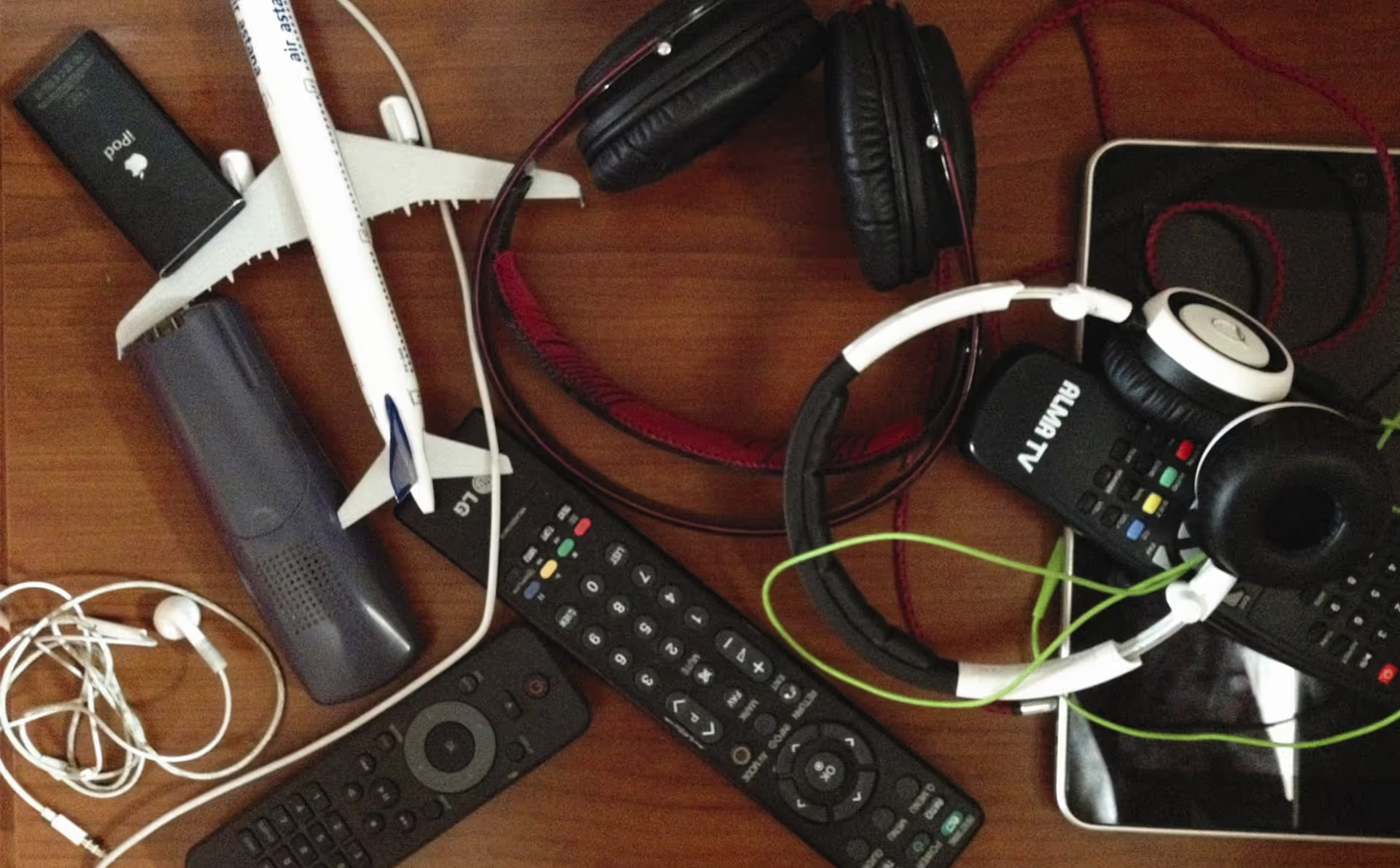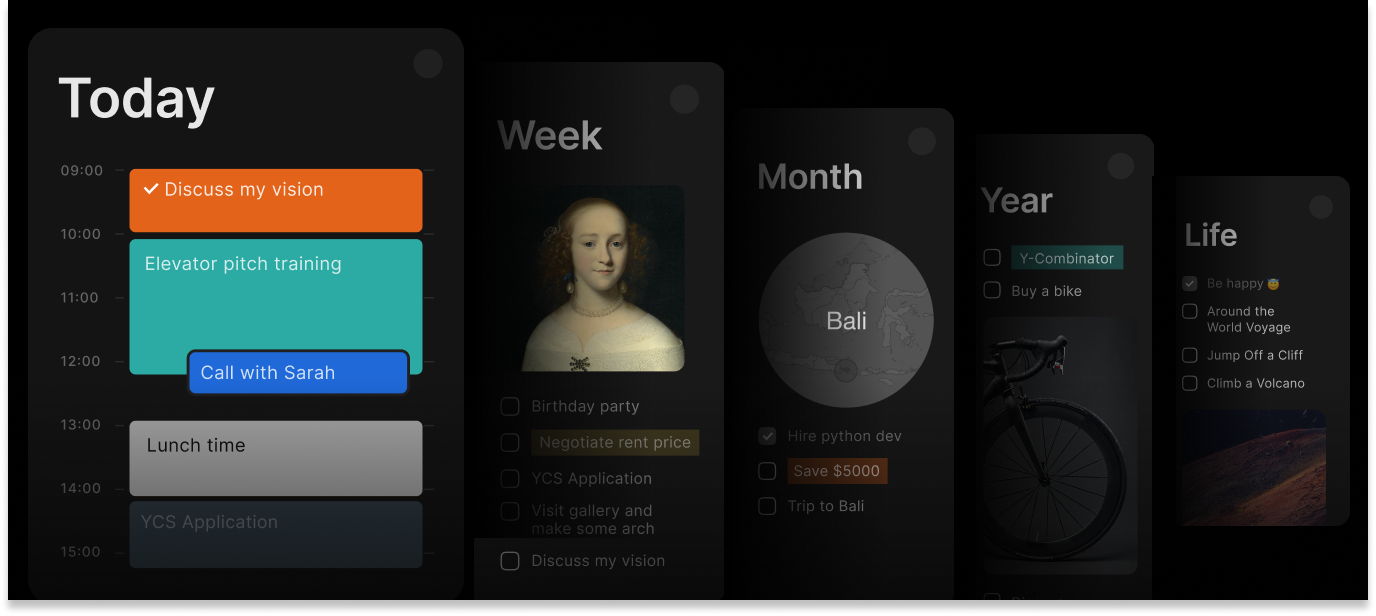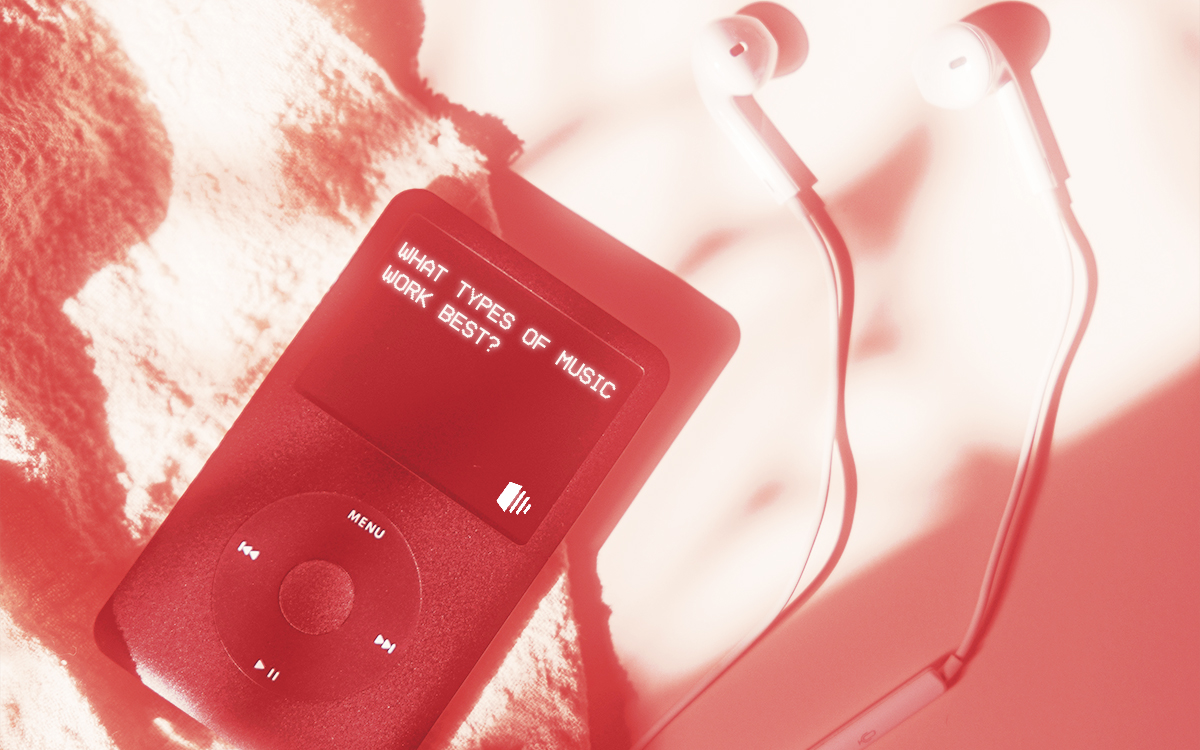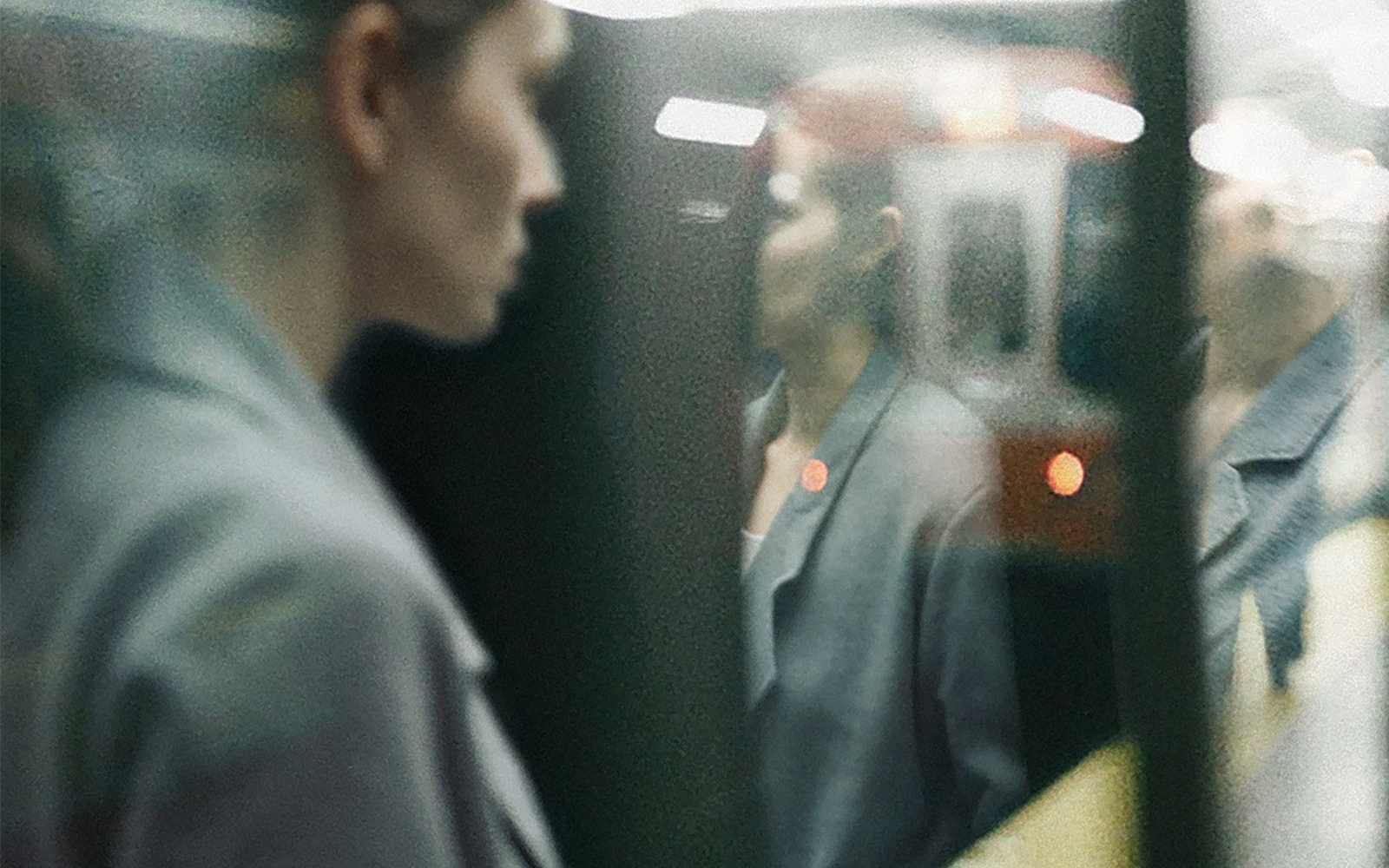Why Multitasking Kills Focus

You’re drafting an email, your phone pings with a text, and a podcast hums in the background. You feel like a productivity ninja, juggling it all. Multitasking is often hailed as a superpower, but science says it’s more like kryptonite for your focus. Let’s unpack why juggling tasks scatters your brain and how to reclaim your mental clarity.
The Myth of Multitasking
Here’s the harsh truth: your brain can’t multitask. When you think you’re doing three things at once, you’re actually task-switching: rapidly flipping your attention between tasks. Each switch comes with a “switch cost, ” a mental delay as your brain reorients. Studies show this can slash productivity by up to 40%, as the constant gear-shifting drains cognitive resources. Imagine trying to read a book while checking notifications: neither gets your full attention, and both suffer.
Research from Stanford University found that heavy multitaskers are worse at filtering distractions and organizing thoughts, even when focusing on a single task. The more you juggle, the harder it is to zone in. It’s like trying to drive while texting; you might think you’re managing, but your performance tanks, and errors creep in. Task-switching doesn’t just slow you down, it makes you less effective.
The Toll on Your Brain
Multitasking doesn’t just hurt productivity; it messes with your mental health. Every time you pivot from one task to another, your brain releases cortisol, the stress hormone. Over time, this constant stimulation leaves you feeling scattered and exhausted.
Worse, chronic multitasking can impair memory and focus. A 2023 study in the Journal of Applied Psychology found that frequent task-switchers had poorer working memory and struggled with sustained attention. This makes sense — when your brain’s juggling emails, meetings, and Slack pings, it can’t store information properly. Ever reread a paragraph because you were distracted? That’s your brain begging for a break.
For younger minds, the stakes are higher. Adolescents, whose brains are still forming neural connections, may face long-term focus issues from heavy media multitasking: like scrolling TikTok while studying. While some argue multitasking boosts digital literacy, the consensus is clear: dividing attention undermines deep thinking and learning.
Why Single-Tasking Wins
If multitasking is the problem, single-tasking is the antidote. Focusing on one task at a time lets your brain operate at its peak, reducing errors and boosting efficiency. A surgeon doesn’t check emails mid-operation for a reason, their laser focus ensures precision. You don’t need a scalpel to benefit; single-tasking works for emails, studying, or even cooking dinner.
The evidence is compelling. A 2020 study showed single-taskers were 30% more productive and made fewer mistakes than multitaskers. Single-tasking also frees up mental space for “autopilot” behaviors, like typing while thinking, which speeds up familiar tasks. Plus, it feels good hitting a flow state where you’re fully immersed is both satisfying and energizing.
How to Break the Multitasking Habit
Ready to ditch the juggling act? Here are practical ways to sharpen your focus and work smarter:
- Prioritize One Task: Start your day by picking the most important task and giving it your full attention for 20 minutes. Turn off notifications and close unrelated tabs to minimize distractions.
- Time-Block Your Day: Group similar tasks (like answering emails) into dedicated chunks of time. This “chunking” reduces task-switching and keeps you in the zone.
- Embrace the 20-Minute Rule: Work on one task for 20 minutes before switching. This builds focus stamina and helps you dive deeper into each task.
- Tame Distractions: Silence your phone, use website blockers, or find a quiet workspace. Declutter your desk—visual chaos pulls your attention away.
- Pair Wisely: If you must multitask, combine a low-effort task (like folding laundry) with one requiring focus (like listening to a podcast). Avoid pairing two tasks that demand conscious thought, like writing and chatting.
The Path to Clarity
Multitasking might feel productive, but it’s a trap that fragments your focus and fuels stress. By embracing single-tasking, you can work faster, think clearer, and feel less frazzled. It’s not about doing more, it’s about doing better.
Next time you’re tempted to juggle tasks, pause. Pick one thing, give it your all, and watch how much more you accomplish. Your brain will thank you.
Read next

Stop Juggling, Start Focusing
Boost your productivity with Timestripe’s tools to master single-tasking today!
Get Started

